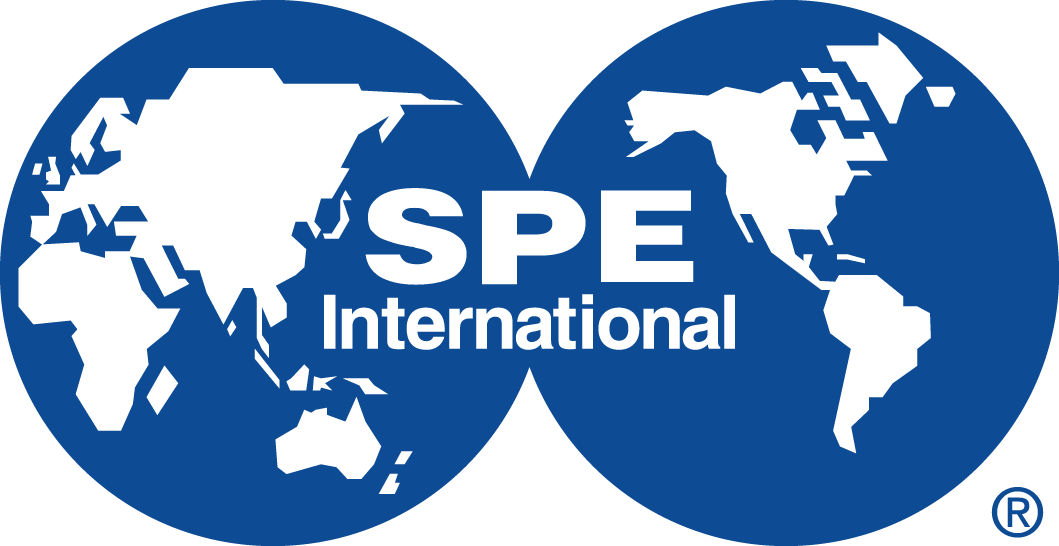About the Summit
Many believe that the global Net Zero pathways are incomplete without an India story in it, where ~1.4 billion people (~18% of world’s population) live but consume only 1/3 of the average global per capita energy consumption. Given the trajectory of growth and development in India, if the Human Development Index of India is to increase from the current levels of ~0.65 to 0.8, its per capita energy consumption will need to quadruple. The challenge that the country faces is to continue on its growth path while still maintaining its carbon emissions at sustainable levels so that it is able to realize its Net Zero target by 2070. The same holds true for majority of the developing countries across the globe.
The Summit will aspire to address the above dilemma but will also engender a meeting of minds on how to bring the global best practices and research outcomes to support and harness a very strong cost, skills and opportunities arbitrage that is available in India. This in turn has the potential to drive win-win collaborations that will benefit the international players while helping the Indian industrial eco-systems to keep its carbon emissions at sustainable levels.
Leaders from the government and academia will present their views and hear from the industry leaders in hydrocarbon, steel, cement and power industry on opportunities for designing a policy framework that will be needed in India to match its Net Zero aspirations and meet its Nationally Determined Contributions (NDCs). This in turn will also support various countries to meet their own NDCs by using the India ecosystem to supply their Net Zero projects’ requirements at sustainable cost levels.
Summit Guidelines
Format
Two days of informal discussions prompted by selected keynote presentations and discussions. Summit maximises the exchange of ideas among attendees and presenters through brief presentations followed by extended Q&A periods. Focused topics attract an informed audience eager to discuss issues critical to advancing both technology and best practices. The majority of the presentations are in the form of case studies, highlighting engineering achievements, and lessons learnt. In order to stimulate frank discussion, no proceedings are published, and the press is not invited to attend.
Documentation
- Proceedings will not be published; therefore, formal papers and handouts are not expected from speakers.
- Work in progress, new ideas, and interesting projects are sought.
- Professionally-prepared visual aids are not required; handwritten view graphs are entirely acceptable.
- Note-taking by participants is encouraged.
Attendance
Registrations will be accepted on a first-come, first-serve basis. The Steering Committee encourages attendance from those who can contribute to the summit most effectively in discussions. A mix of attendees in terms of geographic origin, companies, and disciplines will be encouraged.
Deliverables.
PowerPoint presentation materials will be posted on a specific SPE URL address after the summit. Provision of the materials by the speakers will signify their permission for SPE to do so.
Commercialism
In keeping with summit objectives and the SPE mission, commercialism in presentations will not be permitted. Company logos must be limited to the title slide and used only to indicate the affiliation of the presenter and others involved in the work.
Attendance Certificate
All attendees will receive an attendance certificate attesting to their participation in the summit. This certificate will be provided in exchange for a completed Summit Questionnaire.
Continuing Education Units
Attendees at this summit qualify for SPE Continuing Education Units (CEU) at the rate of 0.1 CEU per hour of the summit.
